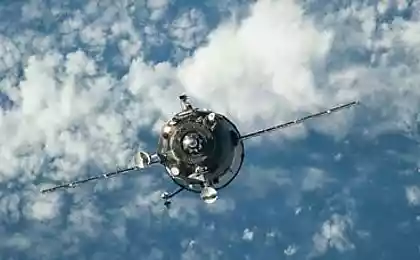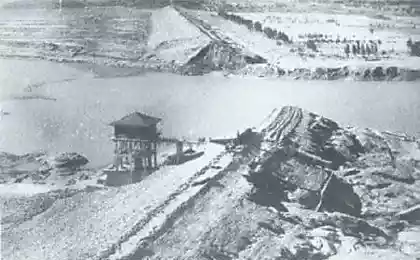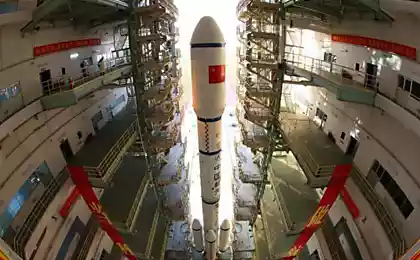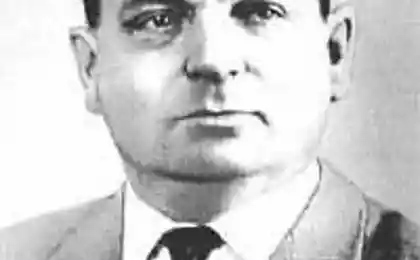Almost funny cosmic accident
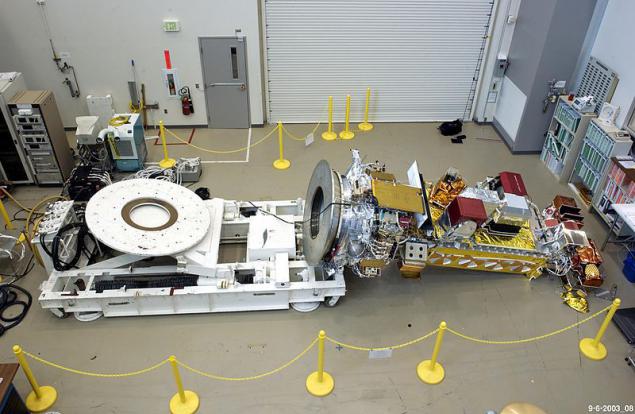
During the decades of space exploration have a lot of accidents that look almost funny. Yes, there was an accident, the flight program partially or completely torn, but in the absence of dead, injured, and serious, expensive loss story is almost laughable. Sometimes it even that the accident gives new knowledge, or the removal of prints, seemingly lost mission to new heights.
It did not matter h4> It happens that in the development of complex systems of some parameter forgotten or considered unimportant, but it is quite a significant in actual operation. Probably the most famous example - «Luna 1»
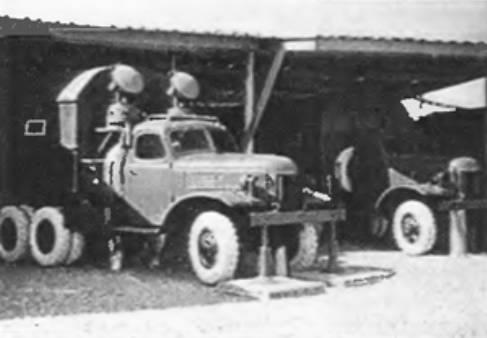
control stations range missile R-7 i>
Counting the time of issue of this team, ballistics have not considered the fact that the signal from the ground station will reach the rocket is not instantaneous, and the speed of light. As a result, the engine switched off later, and the station missed the moon. Curiously, there are second , more prosaic version of the accident. Start was scheduled for January 2. When you set up a ground station on January 1 staff made a mistake in the elevation of 2 °, 44 ° putting in place 42 °. As a result, the control system "thinks" that flies below the path and correct a nonexistent error. If the assessment of penalties in 6000 km is true, the second version is more plausible - from the ground station to the rocket was less than 0, 05 light-seconds, this error would not cause a big miss.
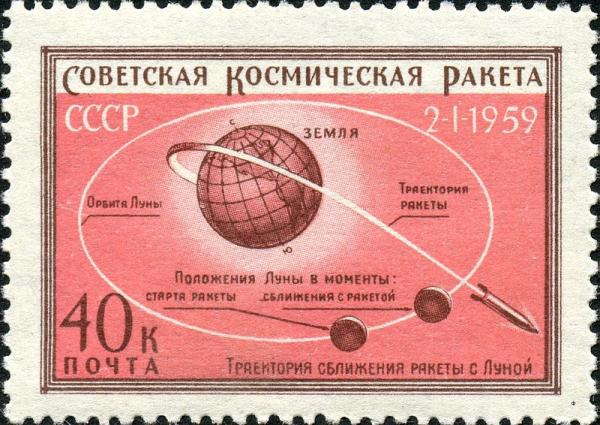
Since the start of the purpose of the Soviet Union did not announce in advance, propaganda has transformed this failure once the triumph of the Soviet space - "Luna-1" was named "Dream" and the title "the first artificial planet." Especially because the escape velocity has been reached for the first time really. Even scientific sensation "Luna-1" successfully made - the moon did not have a magnetic field.
Over the ocean, lived the same people who just forgot to consider any option, suddenly finds important. Most of all, perhaps, was "lucky" program "Gemini", where developers as much as twice a mistake, forgetting about the Earth's rotation. The first error occurred during the mission "Gemini 3". After successful completion of the three turns in orbit nominally ship entered the dense layers of the atmosphere, but splashed with a large undershoot. Astronauts have noticed the growing undershoot, and the commander Grissom tried to fix it, driving a vehicle during braking ("Gemini" was the first ship a controlled landing ), but the lift was not enough - "Gemini 3" is not reached the goal of 84 km. We had to wait more than half an evacuation team in a wallow cabin:
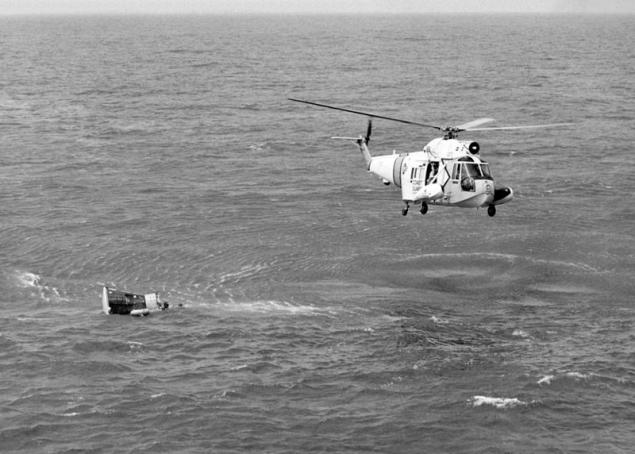
From pitching Grissom had even started an easy motion sickness. In addition, Grissom surely remembers his previous flight to "Mercury," when the ship sank, and he Grissom nearly went down with him. It was hardly a pleasant expectation. But overall, the mission was successful, and now this story looks more fun.
On the "Gemini 5" after a successful eight-day mission, landing again a surprise - the ship is not reached the goal as much as 130 km. When investigating the incident first suspicion fell on the onboard computer - even astronauts in the process of planting saw data that it seemed strange, and tried to rectify the situation, really reducing the undershoot. The car was not to blame - for programming the on-board computer has laid the Earth's rotation rate of 360 ° per day. But the spacecraft had to use a звездные night , in which the Earth rotates 360 ° for 98 to 24 hours. During the eight days of flight and moved the accumulated error calculated point strongly in the direction of landing. However, nothing bad will happen - the astronauts quickly evacuated by helicopter.

Upside Down h4> Murphy's Law is relentless - if any item can be set correctly, set it up properly. Look at fall «Proton» in 2013. sad - in spite of the epic picture of three GLONASS satellites sorry. The history of "Cosmos-133" in 1966, when only in the MCC, discussing the abnormal behavior of the ship, engine specialists and experts in the orientation system found that the opposite way to understand the terms "clockwise and counterclockwise," now can bring a smile. He walks about the bike carrier rocket "Energy", which block gyroscopes installed "upside down", and making a homemade adapter, because the unit does not allow incorrect setting. But perhaps the most positive story about the satellite NASA Genesis.
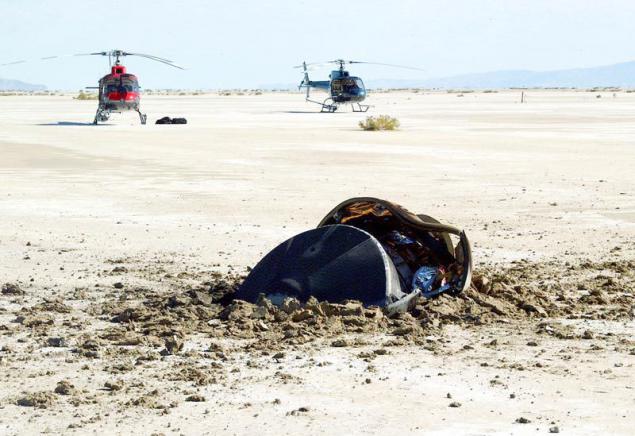
The mission of the satellite has been collecting solar wind particles. The unit had to go to the area of the Lagrange point L 1 sub> and three years to collect the particles to ultra-pure wafers of silicon, carbon and corundum.
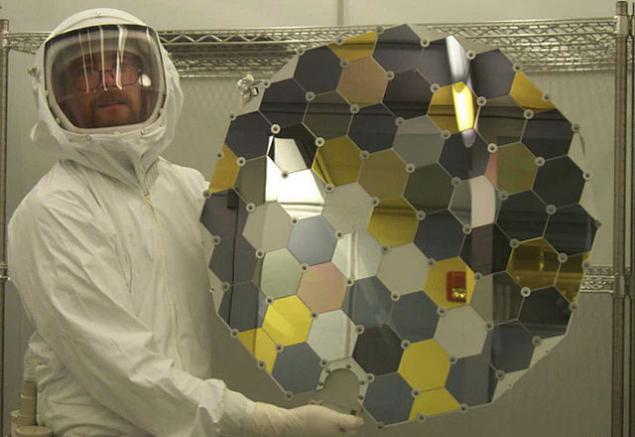
Material waffles was so fragile that the probe had to pick up the helicopters, not allowing him to hit the ground. But all four accelerometers used in the deployment of the parachute system were installed "upside down", and the parachute is simply not received the command to disclose.

As a result of the probe at a speed of 300 km / h crashed into a sand Utah. The accuracy of the old comedy number «Astronaut Jose Jimenez» :
(Journalist): So you are confident that you will return to Earth?
(José Jiménez): Yes, sure. But how deep under it - still do not know.
(Journalist): But the designers have given you something to stop your fall?
(José Jiménez): Of course. Nev. Blockquote> And a Genesis hit the list of jokes because wafers, which are considered very fragile survived such a blow. Of course, the task of retrieving samples greatly complicate sand Utah, debris and liquids if the probe, but some interesting scientific results - data on the isotopes of argon and neon allowed to drop a few theories about the origin of the sun and detected the increased concentration of the isotope oxygen-16, still waiting for his explanation .
By the way, Murphy's Law Murphy himself formulated after found accelerometers mounted backwards on the bench for the study of congestion.
It would be better h4> The tetralogy BE Chertok "Rockets and People" are two complementary joke. The situation first - in preparation for the launch of communications satellite "Molniya» discovered damage to the insulation. Bars antennas further wrapped vinyl chloride tape, which was frozen in space, and did not give zakamenela reveal antenna. The situation is the second - successfully tested the valve was disassembled, and it revealed the absence of a single part. Detail installed valve gathered, as expected, repeat the test and get a nasty remark - fully assembled valve with all the details acquired flaw that had to eliminate.
A similar thing happened in the United States. Ships "Gemini" had to be joined with a special target - upper stage "Agena" with docking station. But before the start of "Gemini 9A" target orbit did not come out because of the accident launch vehicle. This case was a reserve - a simplified target ATDA without fuel, but with a docking station. "Agen" to start normally prepared engineers at Lockheed, but just "Adzheny" on this start was not, engineers Lockheed, despite the protests of themselves and members of NASA, from the start removed and ATDA were installed engineers McDonnell, who was engaged in rocket Booster. Solving unusual for them to where the ends of the cords to remove the fixing halves of the fairing, engineers McDonnell tape strapped them into a seemingly suitable place - under the fairings explosive bolts. As a result, after the explosion explosive bolts in the space cords are not left in the direction, and fixed fairing halves in half-open position. According to telemetry, this situation was not visible, so the astronauts flew dock got a nasty surprise:

Docked with the "angry alligator" was impossible. The set of equipment of the ship were surgical scissors, and cut the cords have suggested the astronauts came out in open space. On the ground, we carried out the test, which showed that it is theoretically possible, but ATDA had a lot of sharp edges. Besides ATDA slowly revolved. After some discussion, the PMU attempts to rectify the situation banned. Astronauts limited rapprochement with ATDA and flyby it at close range:
It is here h4> Murphy's Law also states that, if you can take the cable length and inappropriate to install the wrong slot, it will be done. Anecdotal case occurred at the dawn of the US manned space program. Unmanned mission Mercury-Redstone 1 made as a joke evil tongues, desyatisantimetrovyh flight:
What happened? At the start of the rocket from it were two separate cables - power and control. However, the control cable was longer than necessary - get it with live missiles Redstone. Cable curved and fixed, hoping that this will be enough. Not enough - fasteners were weak, and when the rocket has been raised in the air, control cable had separated after the power cord. As a result of a rocket by 29 milliseconds lost ground to the power cord. Current went through the relay, normally triggered at the end of the flight, and set it. Engine switched off, the rocket fell back to the start, unable to rise high and therefore sat on starting construction without damage. At the end of the active portion of the recovery system was discharged, she flew to the side. System separation is not included - it was waiting for weightlessness, and the accelerometer showed an honest one "is" normal for standing on the launch pad. The ship worked automatic parachute, and, according to the barometric altimeter (height less than 3 km) threw a parachute. After 30 seconds, do not "feel" the tension straps of the parachute, emissions and automatic reserve parachute.
MCC was in a difficult situation. At the start stood fully fueled rocket. The slightest gust of wind - filled with parachutes, and the missile fell on its side. To get close to her, to even cut the parachutes, you can not - no one can guarantee the safety of people. Some hotheads in the MCC even offered to shoot at tanks with a rifle to punch a hole to drain components. Victory for common sense - a rocket just left on the clock to its batteries are exhausted. Lucky - these days there was no wind, after the battery discharge chutes cut and rocket successfully took off from the start.
A similar situation occurred during the flight "Apollo-6", the second test launch of a rocket Saturn-V. During launch one of the five engines of the second stage began to run rough. Intelligent Automatic noticed this ... but the other turned off the engine, because the wires to the motors were mixed. Fortunately, the second stage and three engines was able to pull out the third step of the ship in orbit. The program of the flight completely fails, but after this incident changed the length of the cables, they are now physically impossible to confuse. Well, this accident happened at an unmanned flight conditions for the accident eliminated, and it was not necessary to cancel the mission to the moon in the first minutes of flight.
Learning by accident h4> Surprisingly cognitive accident happened during the test suit for the "Apollo" in the chamber. In the context of an almost complete vacuum at the test engineer Jim Leblanc refused to mount the hose and the pressure in the suit beginning to fall sharply:
It all ended well - in the next cell to the reduced pressure were people ready to help, are rapidly removed from the chamber Leblanc. But because of this accident, we know that a person with a sharp depressurization time to feel the boil in the language of saliva before losing consciousness. We also know that the short-term loss of containment is not dangerous to humans - Jim LeBlanc lived until at least 2008, and maybe still alive today.
Nothing complicated h4> Actually, perhaps it is not very funny. But sometimes corny dropping satellites. In 2003, the production of meteorological satellite NOAA 19 one technician unscrewed 24 bolts securing the satellite platform, this action is not recorded in the log, and other techniques without checking fixtures, began to turn it into a horizontal position. The result was somewhat predictable:

The end of history has a good - despite the damage at $ 135 million satellite and repaired successfully launched in 2009.
Epic Fail and wine h4> And finally, the most optimistic story. This has already been quietly forgotten, but the beginning of the career of the telescope "Hubble" was catastrophic. When the telescope is set to work in space in 1990, it revealed that he suffers from a serious spherical aberration:

Instead of the normal range of the telescope there would be a point i>
The investigation revealed that the control of the primary mirror polishing was performed incorrectly assembled device. Two auxiliary null corrector showed the presence of spherical aberration, but the main null corrector, in which the lens mount installed extra washer, considered the most accurate, and trusted the wrong measurements. Image NASA flew through the floor. Developers telescope, who spent a decade at its creation, expressed condolences to the participants as a "national disaster" and "Hubble" put on a par with "Titanic" and "Hindenburg" in the comedy "The Naked pistolet2½: The Smell of Fear." But, fortunately, NASA did not give up. Already in 1993, for "Hubble" went the first expedition. The difficult conditions in the five long spacewalks on the telescope installed corrective mirror. Total for "Hubble" has been made five expeditions to seriously modernize the telescope and extend its lifetime. Even a little sad that the space shuttle is no longer flying, and this historic telescope can not serve on, and after a technical "death" will not be removed from the orbit, to put in a museum. But we will not be sad - the last servicing mission was in 2009, and "Hubble" long we will be able to delight chic photos:
On the tag «cosmic accident» accidents, disasters that have occurred or not.
Source: geektimes.ru/post/260688/




















